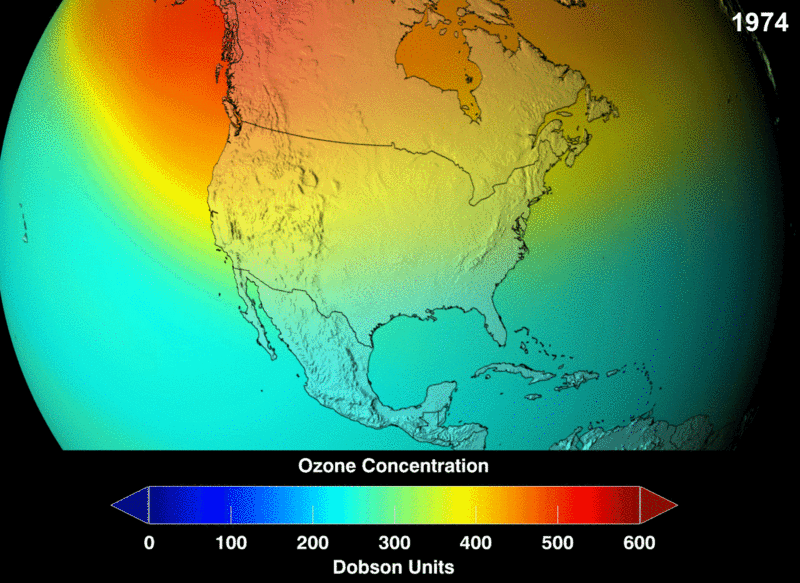International Day for the Preservation of the Ozone Layer: How the Climate has Changed

The Earth's stratospheric ozone layer, a fragile shield of gas that protects the Earth and its surface-dwelling organisms from the harmful ultraviolet rays of the sun, is on track to recovery from ozone depleting substances such as chlorofluorocarbons (CFCs), according to scientists.
However, a side effect of CFC substitutes such as hydrofluorocarbons (HFCs) is an increased contribution to global greenhouse gas levels, a factor in climate change.
Twenty years ago the United Nations General Assembly dedicated 16 September as the International Day for the Preservation of the Ozone Layer. It commemorates the day of the 1987 signing of the Montreal Protocol on Substances that Deplete the Ozone Layer.
The theme for 2014 is 'Ozone Layer Protection: The Mission Goes On'. So far, the Montreal Protocol has been successful in meeting some of its targets on phasing out ozone-depleting chemicals used in aerosol cans and refrigerators - such as CFCs.
Recovering ozone
As of result of the protocol, the ozone layer is expected to recover around the middle of this century, although some challenges remain. According to Nasa scientist Paul Newman, the ozone layer is still around 6% thinner than it was in 1980.
The long-lasting chemicals still remain in the atmosphere, creating an annual autumnal hole above the extreme Southern Hemisphere.
In September 2014, it was announced that the ozone layer was on the mend. According to the United Nations Environment Programme and the World Meteorological Organisation, the ozone damage may even be reversed by 2050.
Climate change
However, HFCs used as substitutes for man-made CFCs are contributing to global warming gases.
According to UN figures, HFCs are contributing to emissions growing at a rate of around 7% per year – and will significantly affect climate change.
"There are positive indications that the ozone layer is on track to recovery towards the middle of the century", said UN Under-Secretary-General and UNEP Executive Director Achim Steiner.
"The challenges that we face are still huge. The success of the Montreal Protocol should encourage further action not only on the protection and recovery of the ozone layer but also on climate."
Changing the protocol
As a result, the UN is considering changing the Montreal Protocol because of the side effect of raising the world's temperature. Yet without the Montreal Protocol, atmospheric levels of ozone-depleting substances could have increased tenfold by 2050.
"International action on the ozone layer is a major environmental success story... This should encourage us to display the same level of urgency and unity to tackle the even greater challenge of tackling climate change," World Meteorological Organisation Secretary-General Michel Jarraud told BBC News.
© Copyright IBTimes 2025. All rights reserved.






















